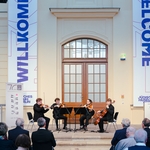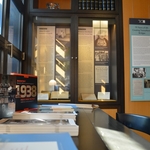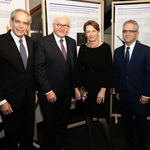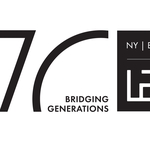“German and Jewish”— A traveling Exhibition by Leo Baeck Institute in Germany
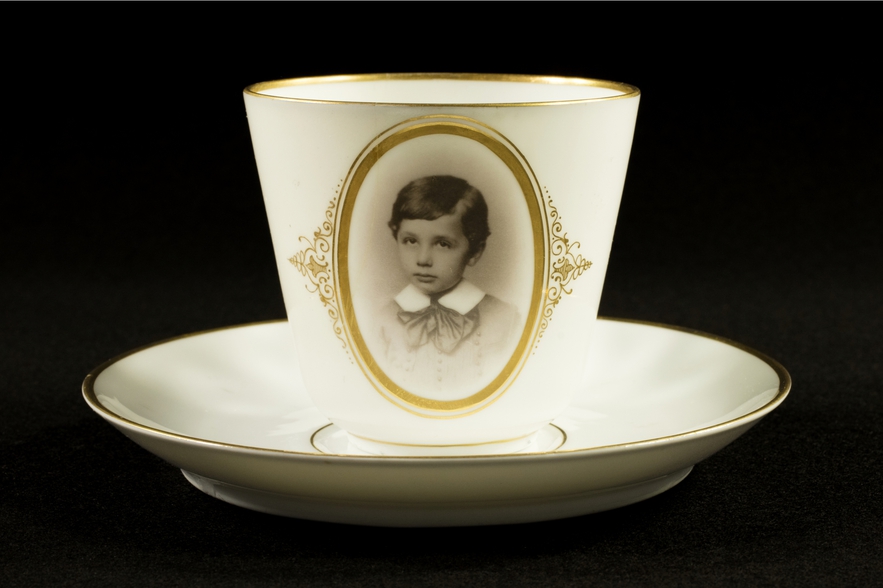
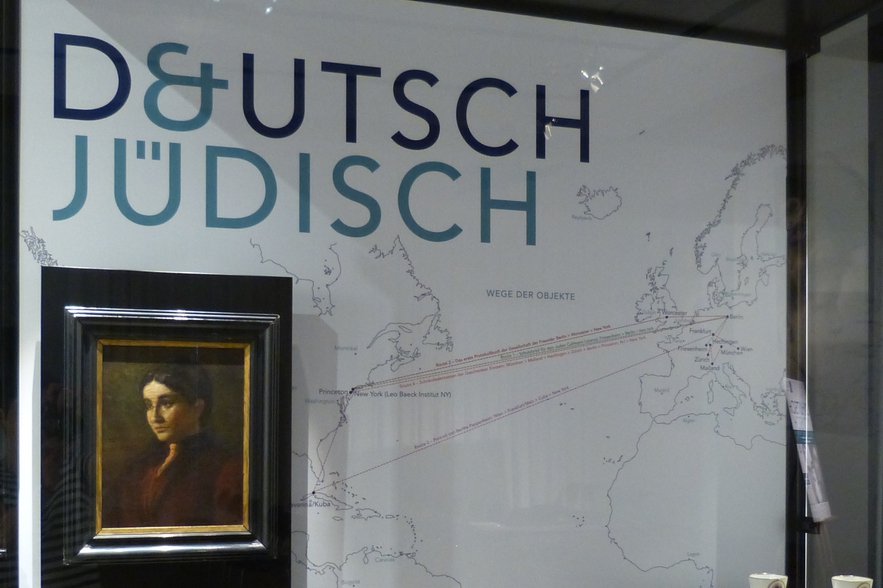
- Author
- Dr. Miriam Bistrovic
- Date
- Mon, Nov 21, 2016
In recent years, the Leo Baeck Institute (LBI) has increasingly worked to support the engagement of modern German society with German-Jewish history—especially from the perspective of the émigré community that built the LBI’s rich collections. The new traveling exhibit, “German and Jewish” takes this a step further. The objects in the exhibition are returning for the first time to the land that their owners left the better part of a century ago.
Each of the objects on display has many stories to tell: the circumstances of its origins, the lives of its owners, the cultural and personal significance of the objects, and the often labyrinthine paths they took from Germany to join the LBI’s holdings at the Center for Jewish History in New York, one of the major collections of Jewish history in the United States.
The curators faced the task of selecting just a handful of items out of thousands of artworks, millions of paper documents, and over 80,000 books to illuminate centuries of German-Jewish coexistence. Although Jews have been in German lands for millennia, their place in society was subject of constant renegotiation. While they made enormous cultural and intellectual contributions, they also experienced how fanaticism and intolerance eroded hard-fought advancements in social position and saw growing discrimination metastasize into violence and destruction.
In order to elucidate the ever-changing and manifold character of German-Jewish life, the curators chose objects to represent forces which either shaped these developments or in which Jews were enmeshed: trade and business, cultural exchange and philanthropy, and emancipation and assimilation.
Thus, visitors will see the letter of protection for Callmann Lazarus, dated 1777, the first minutes book of the “Society of Friends” founded in 1792 in Berlin, a portrait of Bertha Pappenheim, and a pair of porcelain cups bearing the likenesses of Albert Einstein and his sister Maja as children.
The objects
Violent pogroms in the Middle Ages and the Early Modern Period robbed many Jews of life and liberty. Many cities and states expelled Jews and banned them for centuries. A letter of protection, or Schutzbrief, like the one issued to Callmann Lazarus in 1777, offered a certain measure of security. The threat of violence or legal expulsion enforced a level of mobility among Jews that held their social interactions with Christians to a minimum, but the tiny community of Schutzjuden like Lazarus had the most opportunity to engage with the majority society.
The “Society of Friends”, founded 1792 in Berlin, facilitated an altogether different level of cultural exchange. At first, membership in the charitable club for proponents of the Haskalah, or Jewish Enlightenment, was restricted to unmarried men. This coterie of young radicals, which even included some men of modest means, received little backing from the offcial Jewish Communities. As the “Society of Friends” gained in prestige, however, their intellectual and social concerns gained greater currency. Since religion was never offcially a criterion for membership, the club eventually gained Christian members, and the restriction on married members was also relaxed. Over time, the character of the Society transformed from that of Jewish charitable organization to a center of the bourgeois elite that included financiers, philanthropists, business magnates, and intellectuals whose influence extended far beyond Berlin.
Bertha Pappenheim also had a far-reaching influence. Active in the Jewish Community of Frankfurt am Main’s social welfare enterprise since 1888, she turned her focus to advocating for the rights of Jewish women and founded the League of Jewish Women in 1904. As its chairperson, she spoke out against international sex traffickers, who often victimized young Jewish women from Eastern Europe. She also founded kindergartens, reform schools, and other educational institutions. Her top priority was to promote education for girls that also strengthened their religious and cultural ties to Judaism.
Albert Einstein left Germany relatively early, in 1933, so he was likely able to choose freely from among his possessions which to bring to the United States. Among the items he apparently chose were two fragile porcelain cups, made for drinking hot chocolate, which bore pictures of Einstein and his sister Maja as children. It may seem that everything has been said about this Nobel Laureate in the expansive literature on his life and career, and yet these delicate cups offer a new perspective on the great thinker, placing an intimate family story within the context of the social advancement of German Jewry.
It is precisely the diversity and apparent prosaicness of the objects on display that lends them their collective power. They reflect fragments of the lives of their owners, who were uprooted and had to find their footing in new lands or changing social and political conditions. They do not tell a closed narrative, but rather highlight different aspects of German-Jewish history, inviting the observers to make their own discoveries.
